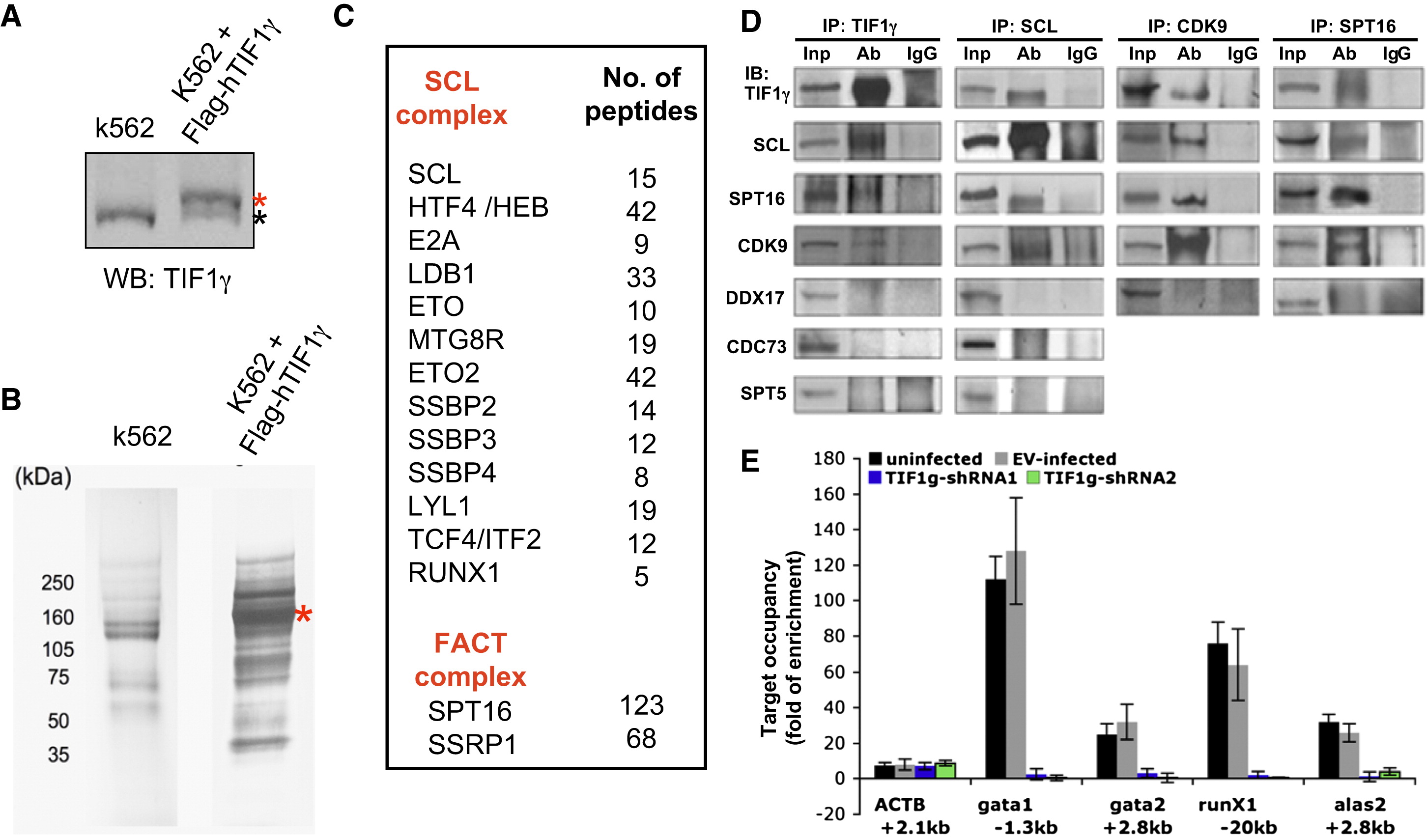Fig. 6 TIF1γ Is Required to Recruit Positive Elongation Factors to Erythroid Genes
(A) The western blot showing the expression of Flag-tagged human TIF1γ in stably transfected K562 cells. Red asterisk: Flag-tagged h TIF1γ. Black asterisk: endogenous hTIF1γ.
(B) Colloidal Coomassie blue staining showing proteins pulled down by anti-Flag antibody from untransfected K562 cells and cells stably expressing Flag-tagged TIF1γ. Flag-tagged TIF1γ is indicated by a red asterisk.
(C) The factors from the SCL complex and the FACT complex identified in the MS analyses following anti-Flag pull down. The numbers of peptides were summarized from six independent experiments. See also Table S1.
(D) K562 nuclear extracts were immunoprecipitated (IP) and subsequently immunoblotted (IB) with indicated antibodies. Corresponding IgG was used as the negative control. Note CDC73 and SPT5 do not co-IP with TIF1γ or SCL. DDX17 was used as a negative control to show the specificity of co-IP experiments. See also Figure S5.
(E) CDK9 ChIP in human CD34+ cells infected with empty vector (EV) or tif1γ-shRNAs. Cells were harvested after 5 days of erythroid differentiation (proerythroblast stage). Results are shown as fold enrichment compared to the background level that is determined by no-antibody ChIP. The results are shown as mean ± SD from two independent experiments.
Reprinted from Cell, 142(1), Bai, X., Kim, J., Yang, Z., Jurynec, M.J., Akie, T.E., Lee, J., LeBlanc, J., Sessa, A., Jiang, H., DiBiase, A., Zhou, Y., Grunwald, D.J., Lin, S., Cantor, A.B., Orkin, S.H., and Zon, L.I., TIF1gamma controls erythroid cell fate by regulating transcription elongation, 133-143, Copyright (2010) with permission from Elsevier. Full text @ Cell

